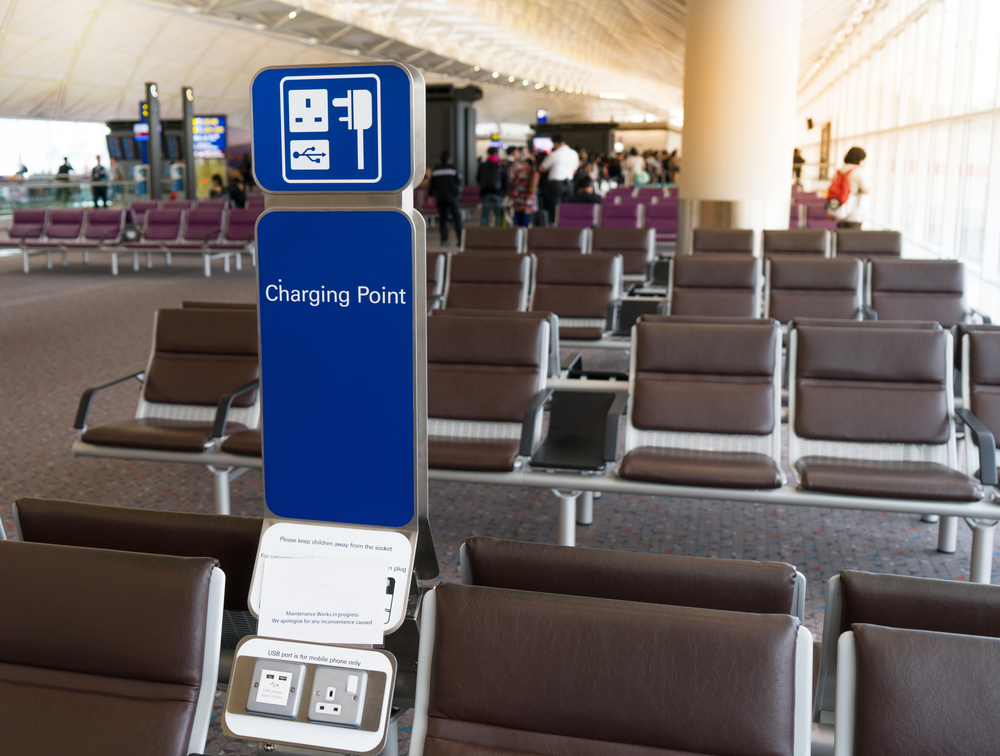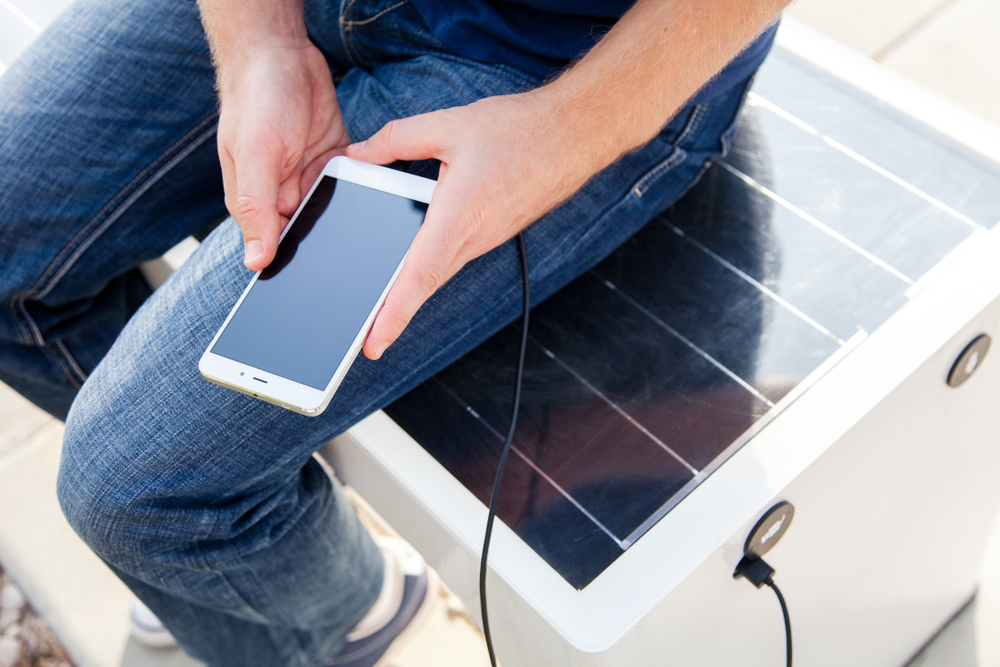The more powerful our smartphones become, the more juice they need to keep going all day. This is especially true for aging devices that you’ve had hanging around for a while. And there’s nothing worse than being stuck on the bus or waiting for a flight, only to find that your battery’s running in the red with minutes to spare.
In such situations, it’s all too easy to hijack a public USB charger to boost your phone’s battery. After all, it’s becoming more common to see public USB ports in places like airports or on trains; even some buses now have them built directly into the seat.
But one prominent expert in digital security has warned that these ports may be a huge security risk to your personal devices, so much so that he likened using one to “finding a toothbrush on the side of the road and deciding to stick it in your mouth (…)“. These words come from a man named Caleb Barlow, the Vice President of X-Force Threat Intelligence at IBM Security. He also said, “You have no idea where that thing has been. And remember that USB ports can pass data.”
This last point regarding data transfer is crucial, as it means that malicious software could pass through to your device from an unsecured port.

‘Juice jacking’
According to security experts, ‘juice jacking‘ is a real risk to users of public USB charging stations. It can happen if cybercriminals covertly modify the docking station to load malicious software (malware) onto your device(s), or to steal information directly from your smartphone.
Some devices have preventative measures built-in, like the iPhone for example. If you’ve ever tried to connect your phone to a PC, you’ll know that it asks for permission before enabling data transfer. However, power ports don’t always ask you to award permissions and could potentially sneak malicious software onboard.
Fortunately, we’re not aware of any cases of ‘juice jacking‘ being highlighted in recent news, but it’s still a real risk according to experts. Fortunately there are some ways to keep your device safe:
- Take your own charger with you when you go on a journey that you expect will be long or particularly intensive on your phone’s battery. In most cases, you’ll find plug sockets in the same places.
- Purchase a power pack, which is charged at home and can then provide multiple full charges to your phone by connecting a USB cable directly from the power pack to your device.
- You can even pick up devices that are cheekily called ‘USB condoms’, which connect between your USB cable and your smartphone, providing protection against data exchange. They ensure that only the power pins are connected and not the data transfer pins.
If in doubt, then don’t plug your phone directly into a USB charging station in public places. We’ve previously warned of the risks surrounding public Wi-Fi hotspots, so it’s not the first time that a public peripheral has been highlighted as a security risk.
If you have any other questions about device security or an aging smartphone battery that just doesn’t seem to hold onto charge, then get in touch with WiseGuys on 0808 123 2820.



Recent Comments